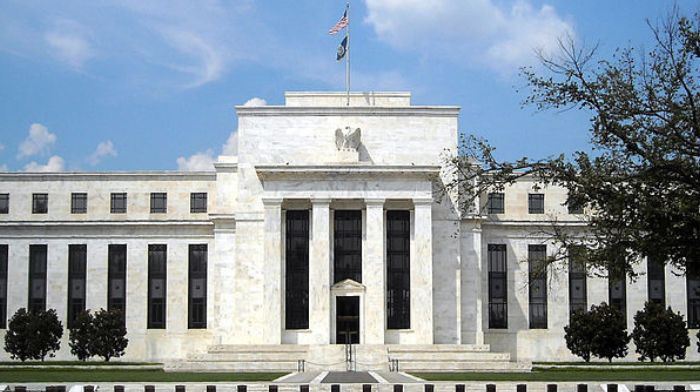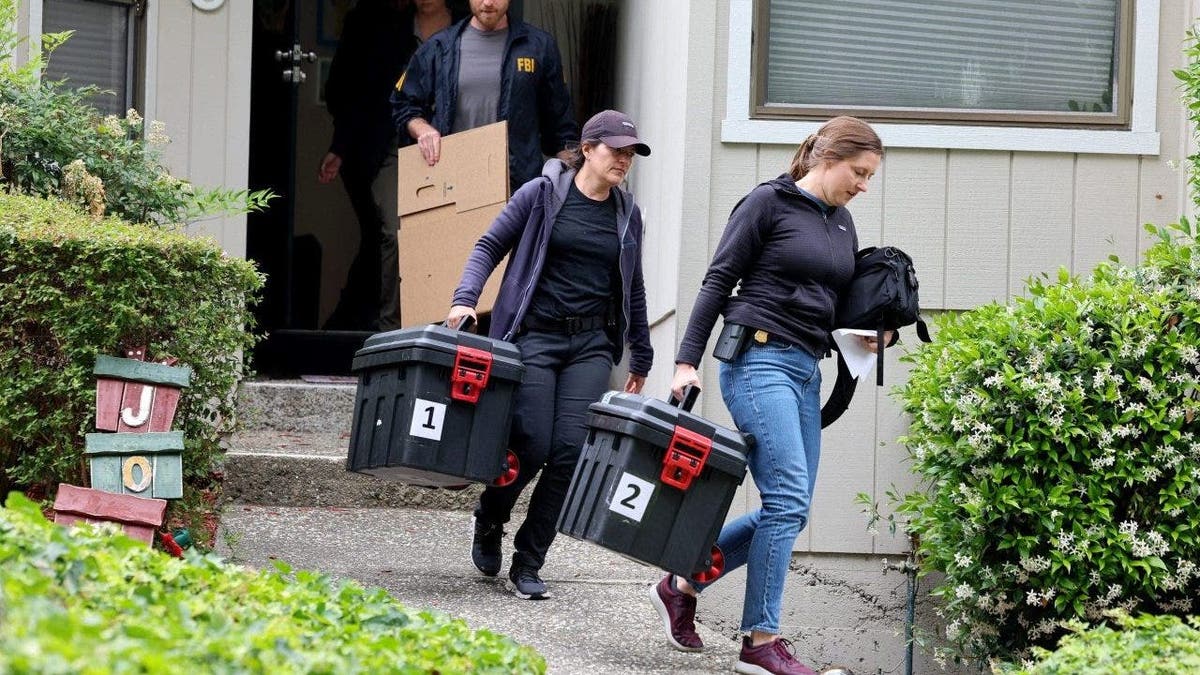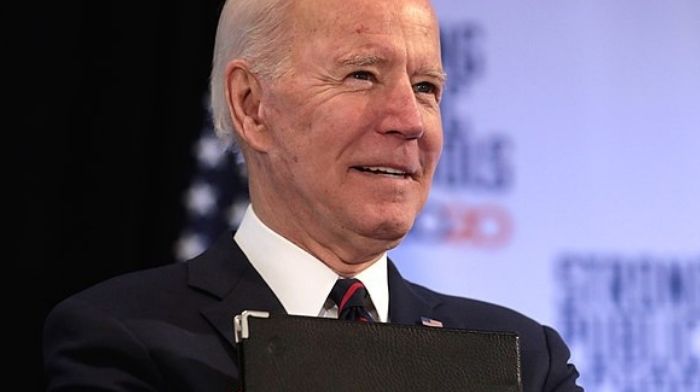By John Tamny for RealClearMarkets
What’s the economic impact of lifting $20 from the person next to you on a Manhattan subway, only for you to exit the train at the next stop in order to spend it? Unless you’re Keynesian in orientation, there’s little impact other than perhaps a longer-term incentive to work less.
While you’ve increased your “demand” by $20, by definition you’ve shrunken the demand of the individual thieved by $20.
About what was written up above, it’s not unrealistic to imagine that Hoover Institution senior fellow John Cochrane would agree. To disagree would be for Cochrane to imply that thievery has a laudatory economic impact despite it being immoral. Except that Cochrane wouldn’t disagree. One guesses he would bat away the question as a waste of his precious time.
RELATED: Inflation Is A Major Problem – An Even Bigger Problem Is The Price Level
Which is why his opinion piece in yesterday’s Wall Street Journal was so surprising. In a column titled “The Fed Can’t Cure Inflation by Itself,” Cochrane argued that the “current inflation was sparked by fiscal policy – the government printed or borrowed about $5 trillion, and sent checks to people and businesses.”
Cochrane’s argument is that higher prices of the moment are a consequence of increased demand born of checks being sent “to people and businesses.” Except that what he implies is an impossibility. See above, or keep on reading.
Government can’t increase demand, period. Demand is a consequence of production, of wealth creation. Government does neither. What it does is redistribute wealth already created. Some in heated moments will call the latter thievery, but that’s a separate argument, or discussion.
What’s not arguable is that government can no more increase demand through wealth redistribution than burglars can by burgling. When governments hand out money taxed away or borrowed, or thieves spend money taken, there’s merely a shift in demand. In short, government spending is logically not an instigator of higher prices as Cochrane alludes.
To which some will reply that what Cochrane means is that government redistributed idle wealth from the hands of savers to spenders, and with the lockdowns over they’re spending. This too doesn’t stand up to simple common sense. For one, no act of saving short of stuffing money under a mattress ever subtracts from demand.
Support Conservative Voices!
Sign up to receive the latest political news, insight, and commentary delivered directly to your inbox.
In other words, the act of saving is not the same as not spending. What we save is shifted to individuals and businesses with near-term consumptive needs. Cochrane’s analysis presumes government mobilized otherwise dormant wealth, which is also an impossibility.
Lastly, even if it were true that government had access to some kind of “other” source of wealth that it could redistribute on the way to major spending, the price results of this still wouldn’t be inflation. Figure that our propensity to spend or save changes all the time, only for demand for some goods to outstrip supply in the process.
If so, the rising prices are logically not inflationary. If we’re spending more on Honeycrisp apples because we hear they keep the doctor away, logic dictates that we’ve got fewer dollars for other market goods. A rising price in a market by definition signals a falling price in that same market.
RELATED: Report: Americans’ Retirement Accounts Have Lost Trillions – TRILLIONS – In 2022
From there, Cochrane writes that “By raising interest rates, the Fed pushes the economy toward recession.” He knows better. Implicit in Cochrane’s analysis is that the Fed is the proverbial pipe through which credit flows, only for it to occasionally choose to slow down economic output. In truth, the Fed has no control over the amount and cost of credit.
Figure that we go into the market for money for what it can be exchanged for. That we do is a loud hint that credit is produced globally, only for it to be directed to its highest use by financial intermediaries around the world. As evidenced by foreign investment into the U.S., much of the credit produced globally finds its way here. Even if you believe the Fed can limit lending by U.S. banks, the reality is that what the Fed allegedly takes will be made up for between breakfast and lunch by voluminous domestic and global sources of credit.
It’s a long or short way of saying that the Fed cannot “interrupt the flow of credit” as Cochrane writes. In truth, the Fed is just not that important. Any entity that projects its influence through an antiquated banking system can’t be. Cochrane sees this up close every day in Palo Alto.
Arguably the most dynamic locale for economic activity in the world, the startup culture where Hoover is located quite literally has nothing to do with banks. Precisely because most startups fail, all finance out there is of the equity variety.
Cochrane explains the why behind the Fed raising rates as a way to slow inflationary pressures, but if there’s an inflation problem why would a free-market type like Cochrane side with government intervention? Think about it. If the dollar’s value is in decline, lenders will obviously do the Fed’s alleged work for it by raising the cost of borrowing to compensate for the devaluation.
And it will do so well ahead of Fed decrees. This is markets at work. No money source is just going to blithely hand over dollars that will come back even soggier over time. Cochrane’s thinking implies that without the Fed’s guiding hand, the world’s sharpest financial minds will just give away credit at prices that cause them to be fleeced. It’s unlikely.
Cochrane concludes that “Monetary policy alone can’t cure a sustained inflation,” and that’s correct insofar as the dollar’s exchange value has never been part of the Fed’s policy portfolio. As we know from history, major devaluations of the dollar (think 1933 and 1971) happened amid major protests from the Fed. Put another way, presidents get the dollar they want.
Which means the answer to inflation is neither monetary (the Fed) or fiscal. It’s about dollar policy. History is clear about presidents and the dollar, though in defense of President Biden, during his presidency the dollar has risen against foreign currencies and gold. This will be the first “inflation” in history that didn’t include a currency devaluation. It makes you wonder….
Syndicated with permission from Real Clear Wire.
John Tamny is editor of RealClearMarkets, Vice President at FreedomWorks, a senior fellow at the Market Institute, and a senior economic adviser to Applied Finance Advisors (www.appliedfinance.com). His most recent book is When Politicians Panicked: The New Coronavirus, Expert Opinion, and a Tragic Lapse of Reason.
The opinions expressed by contributors and/or content partners are their own and do not necessarily reflect the views of The Political Insider.



























































